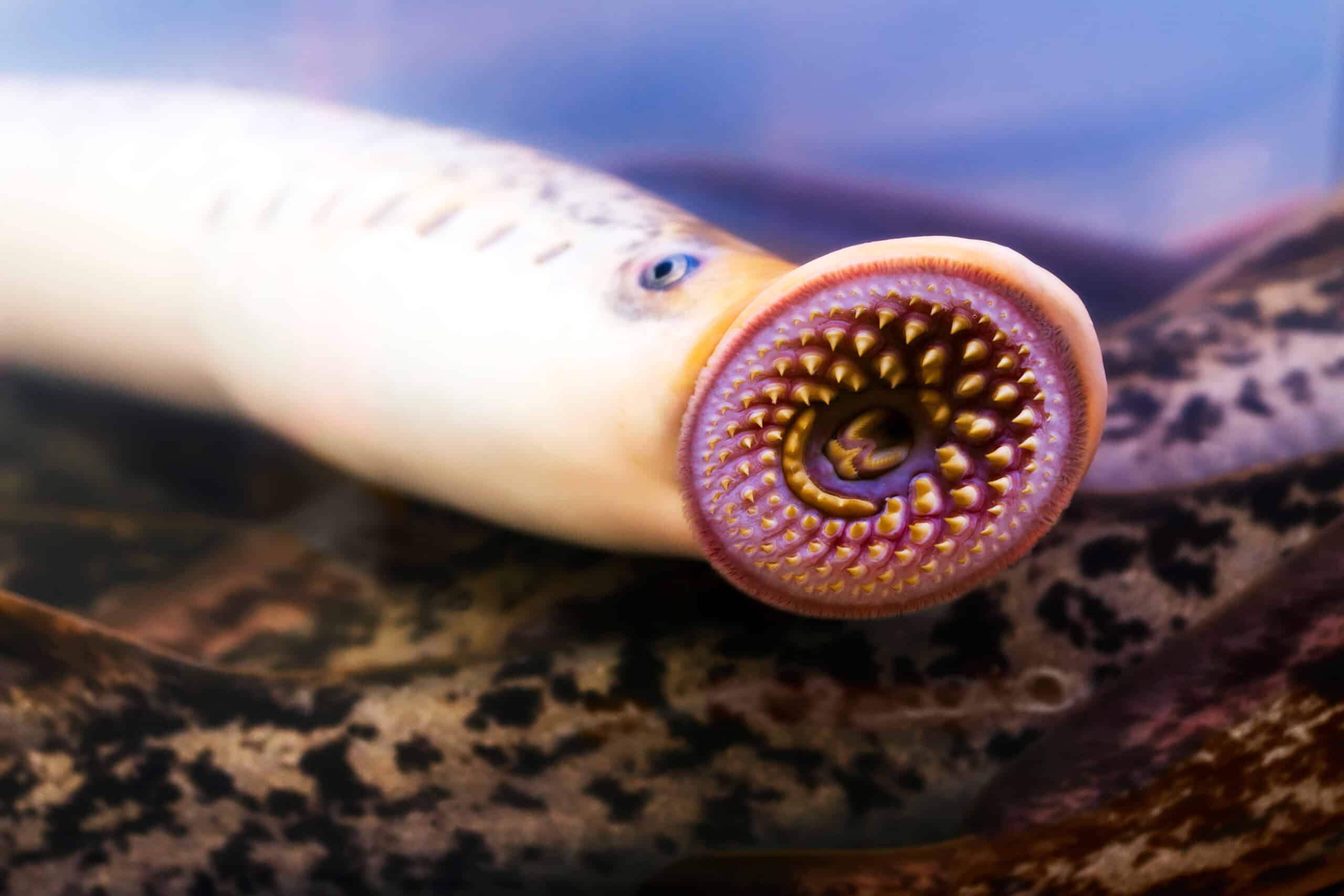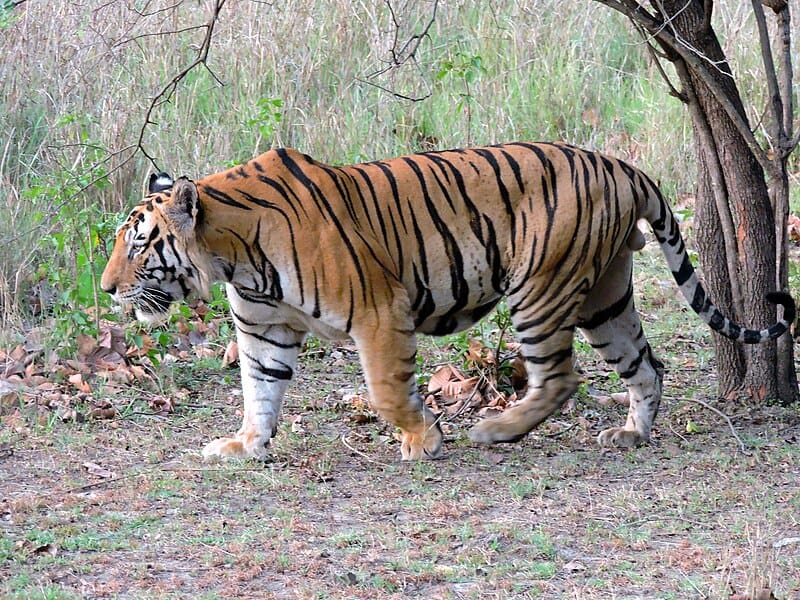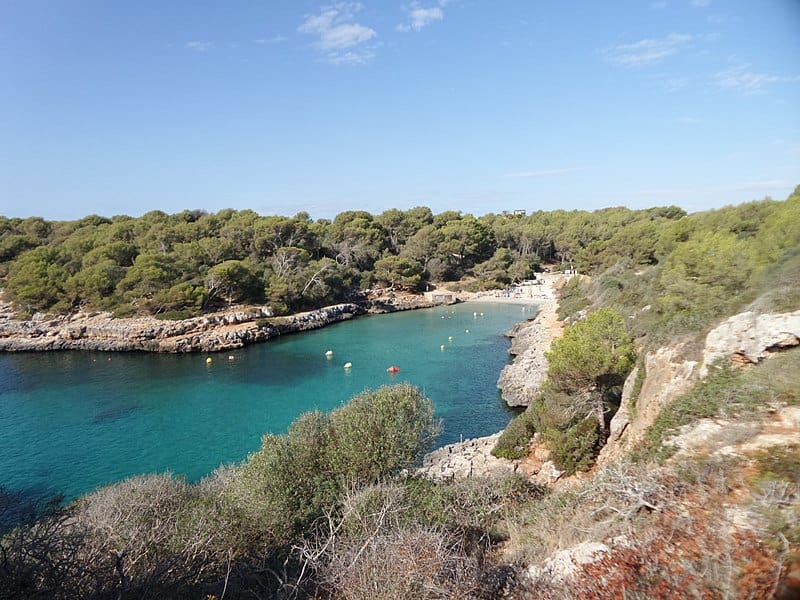The Earth is home to an incredible diversity of life, and some species have managed to survive for millions of years, outlasting the dinosaurs and witnessing the rise of humans. These ancient animal species offer us a fascinating glimpse into the past, representing living links to prehistoric times. Despite the challenges of changing environments, these remarkable creatures have adapted and endured, continuing to roam our planet today. In this article, we’ll explore the top 20 ancient animal species still living among us, highlighting their unique histories and the resilience that has allowed them to thrive for so long.
Coelacanth – Over 400 Million Years
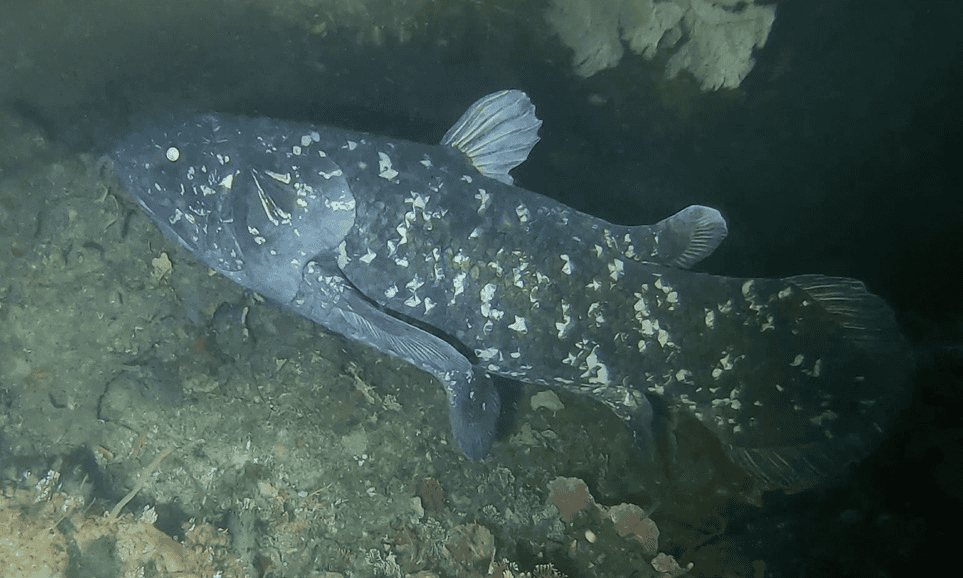
The coelacanth, often dubbed a “living fossil,” is one of the most remarkable examples of an ancient species still alive today. This deep-sea fish was believed to have been extinct for over 65 million years until a living specimen was discovered off the coast of South Africa in 1938. Coelacanths are part of the lobe-finned fish lineage, which is closely related to the ancestors of terrestrial vertebrates. Their ancient lineage dates back over 400 million years, predating the dinosaurs. Coelacanths have unique anatomical features, such as a lobed pectoral fin that resembles the limb bones of land animals, which provides crucial insights into the evolution of early tetrapods. Despite their prehistoric origins, coelacanths have remained virtually unchanged for millions of years, making them a direct link to the distant past and a living representative of an era long gone.
Horseshoe Crab – Over 450 Million Years
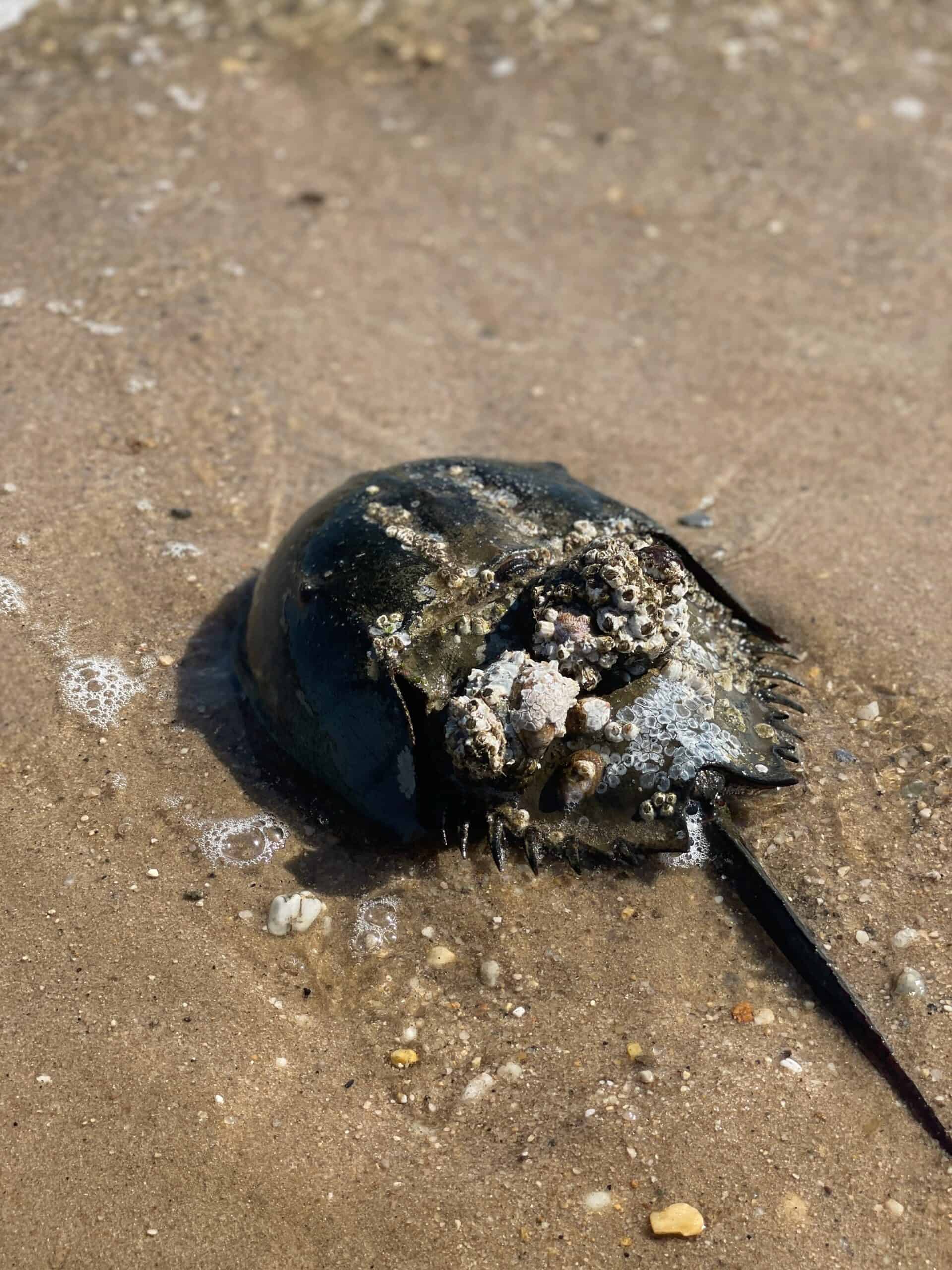
Horseshoe crabs are among the oldest living species on Earth, with a lineage that stretches back over 450 million years, well before the age of dinosaurs. These marine arthropods have survived multiple mass extinction events, largely unchanged in form and function. Horseshoe crabs are known for their distinctive, horseshoe-shaped carapace, five pairs of legs, and a long, spiny tail called a telson. They possess unique blue blood, rich in copper-based hemocyanin, which is highly valued in medical research for its ability to detect bacterial endotoxins. Despite their name, horseshoe crabs are more closely related to spiders and scorpions than to crabs. Their ancient design has proven to be remarkably effective, allowing them to persist through dramatic shifts in Earth’s environments. Today, horseshoe crabs play a critical role in coastal ecosystems, and their survival is a testament to the resilience of ancient life forms.
Tuatara – Over 250 Million Years
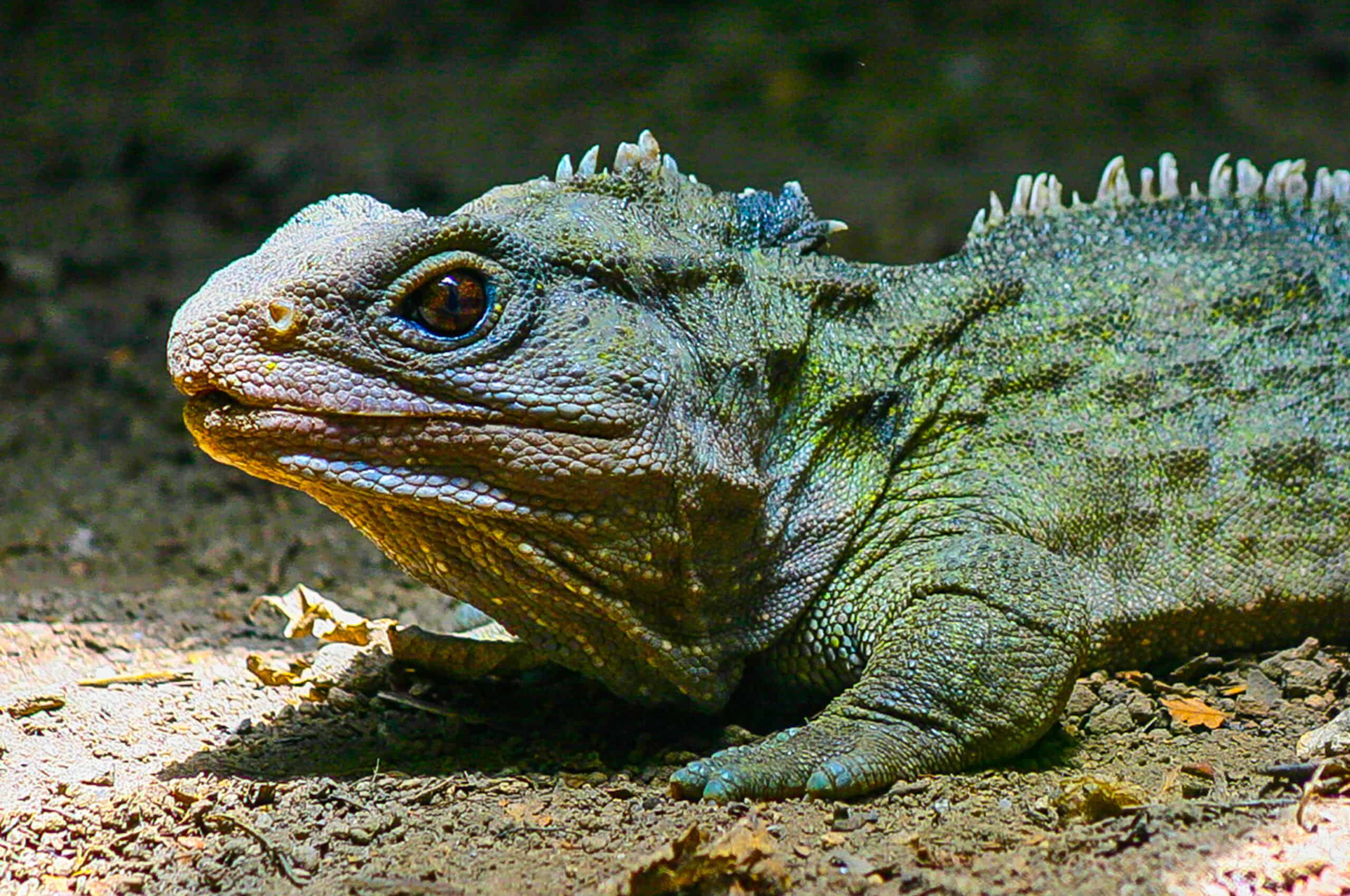
The tuatara is a reptile native to New Zealand and is one of the most ancient species still alive today, with a lineage dating back over 250 million years to the time of the dinosaurs. Although they resemble lizards, tuataras belong to a distinct order, Rhynchocephalia, which has largely vanished, leaving the tuatara as the only surviving member. One of the most intriguing features of the tuatara is its “third eye,” a parietal eye on the top of its head, which is visible in young tuataras and becomes covered with scales as they mature. This eye is thought to be involved in regulating circadian rhythms and detecting light. Tuataras have a slow metabolism, can live over 100 years, and grow at an unusually slow rate, traits that have helped them survive in a relatively unchanged state for millions of years. Their persistence through epochs of extinction highlights the tuatara’s remarkable resilience and evolutionary success.
Nautilus – Over 500 Million Years
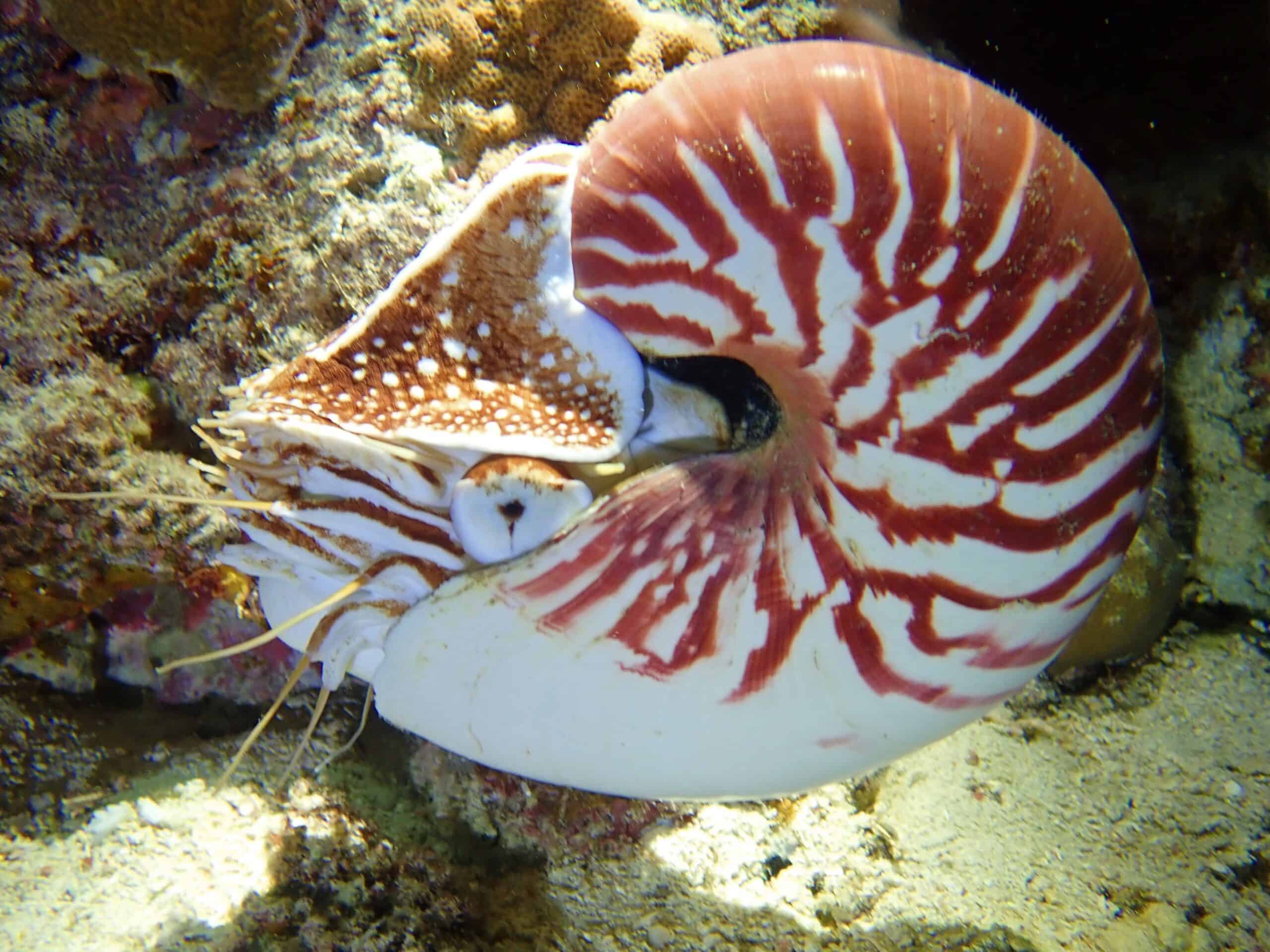
The nautilus is a marine mollusk with a lineage that dates back more than 500 million years, making it one of the oldest animal species still in existence. Nautiluses are easily recognized by their coiled, spiral shells, which are divided into chambers. As the nautilus grows, it moves into progressively larger chambers, sealing off the previous ones, which help regulate its buoyancy. These animals are often referred to as “living fossils” because their appearance and physiology have remained relatively unchanged for hundreds of millions of years. The nautilus’s primitive features, such as a simple eye structure and numerous tentacles, link it closely to the ancient ancestors of modern cephalopods like squids and octopuses. Despite their ancient origins, nautiluses have survived through significant changes in the Earth’s oceans and climate, maintaining a successful design that has persisted since the Cambrian period. Their enduring presence offers a fascinating glimpse into the deep evolutionary history of marine life.
Whale Shark – Over 400 Million Years

Whale sharks, the largest fish species in the world, have an ancient lineage that dates back millions of years. These gentle giants can grow up to 40 feet in length and are known for their distinctive spotted skin and broad, flat heads. Despite their immense size, whale sharks are filter feeders, consuming plankton and small fish by swimming with their mouths open. Their evolutionary history connects them to the earliest forms of sharks, which have been around for over 400 million years. Whale sharks are considered living relics of prehistoric seas, embodying the survival of ancient marine species through dramatic shifts in the Earth’s environment. These peaceful behemoths have fascinated scientists and the public alike due to their size, longevity, and relatively docile nature. The whale shark’s continued existence highlights the resilience of ancient species in adapting to changing oceanic conditions over vast geological timescales.
Wobbegong Shark – Over 150 Million Years
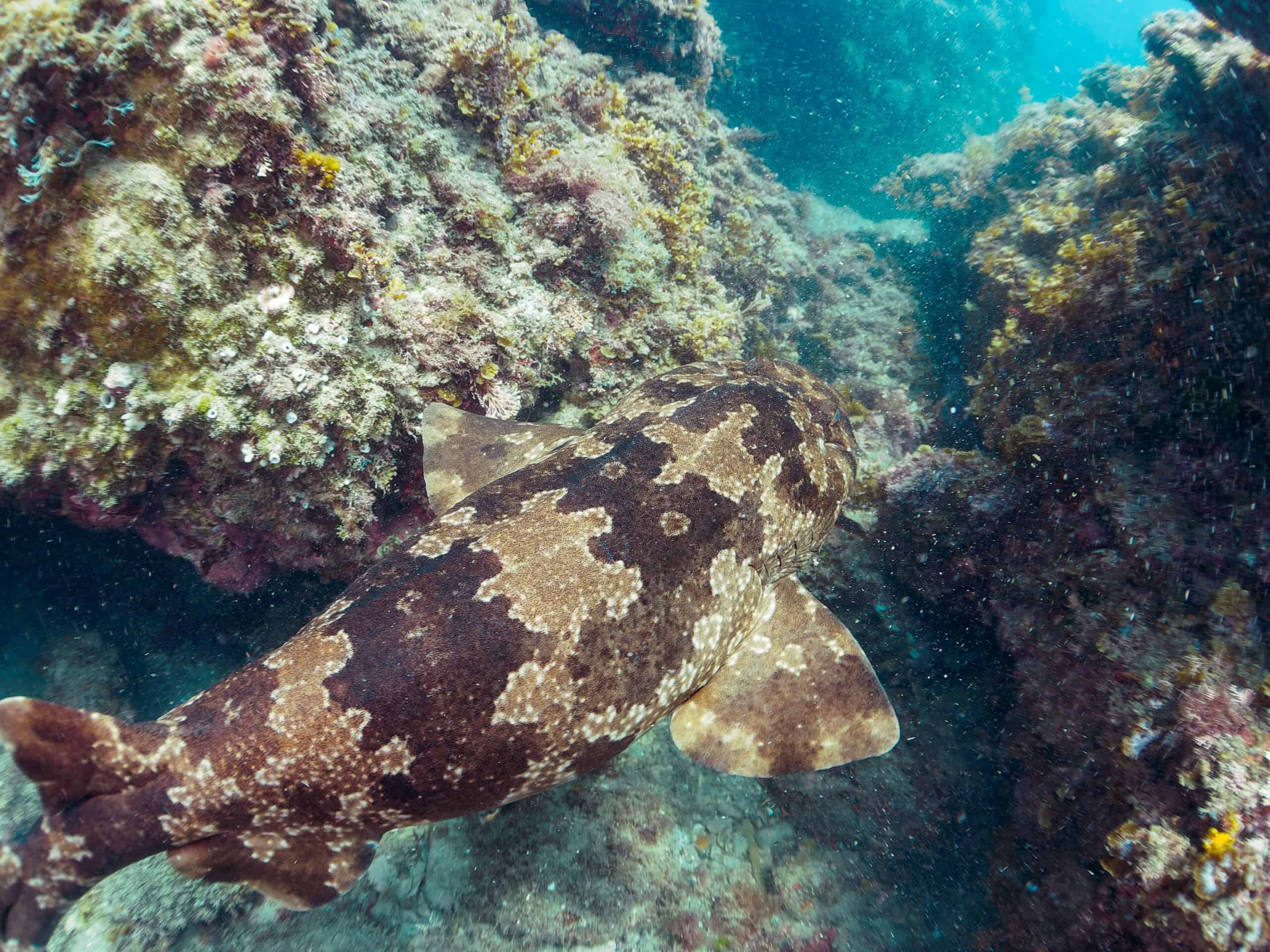
Wobbegong sharks, often referred to as “carpet sharks” due to their unique, camouflaged appearance, are ancient bottom-dwellers that have existed for millions of years. Their lineage is believed to extend back to the Jurassic period, making them one of the more primitive groups of sharks still alive today. Wobbegongs are known for their flat, broad bodies covered in elaborate patterns that help them blend into the ocean floor, where they ambush prey. Unlike many other sharks, wobbegongs are not active swimmers; instead, they rely on their stealth and camouflage to catch fish and invertebrates. Their ancient design and survival strategy have remained effective through various environmental changes, allowing them to persist in the coastal waters of the Indo-Pacific region. Wobbegong sharks are a prime example of how evolutionary adaptations can enable a species to endure through epochs of change, maintaining a successful niche in marine ecosystems.
Sea Turtles – Over 200 Million Years
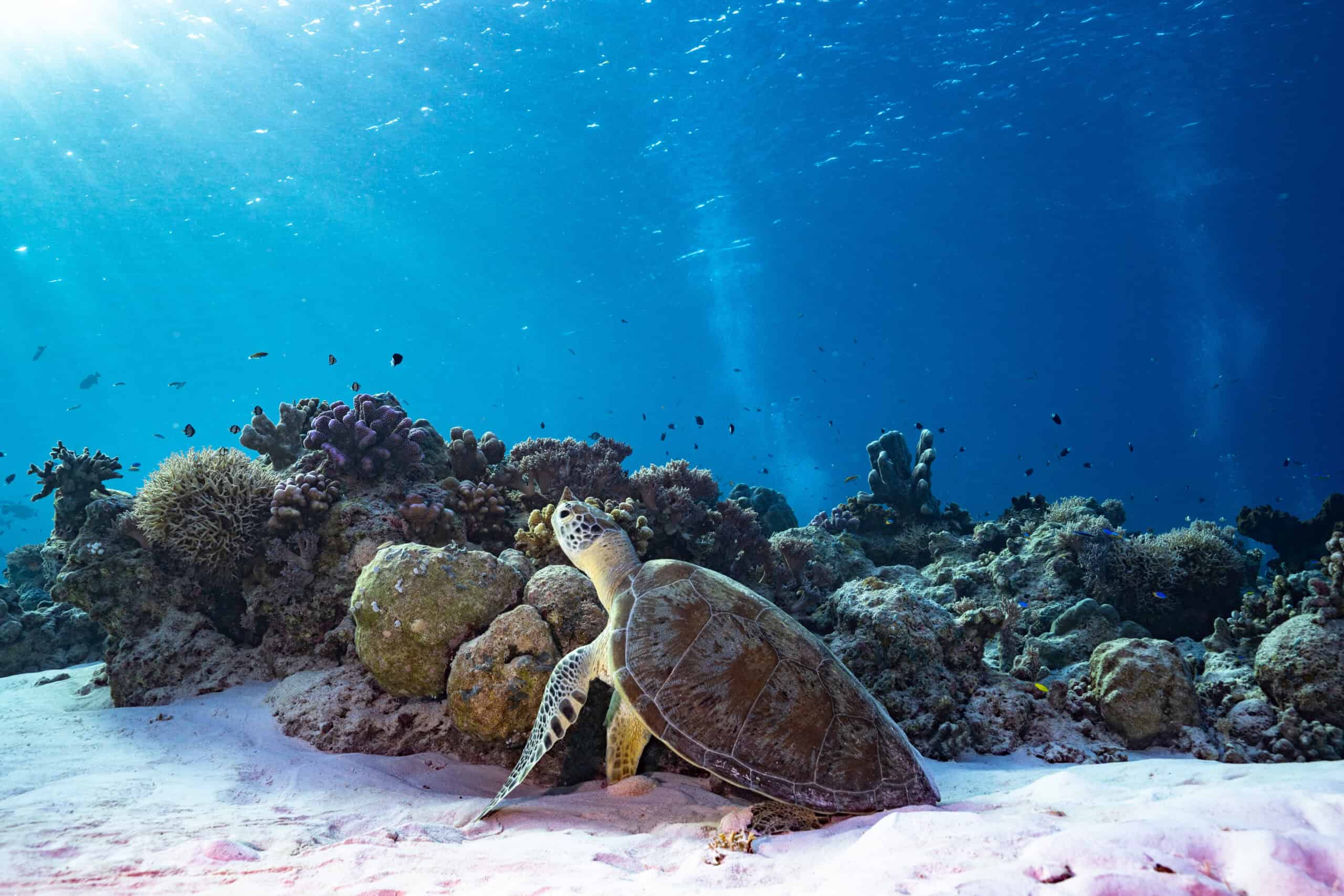
Sea turtles are among the oldest living reptiles, with a lineage dating back over 200 million years, around the time of the dinosaurs. These ancient mariners have adapted to life in the oceans, with streamlined bodies and flippers perfectly suited for long-distance swimming. There are several species of sea turtles, including the leatherback, green, and hawksbill, each with its unique adaptations and long migratory patterns. Sea turtles are known for their incredible navigation abilities, often returning to the exact beach where they were born to lay their eggs. Despite their long history, sea turtles face numerous threats today, including habitat loss, climate change, and poaching. Their survival through millions of years of environmental shifts and mass extinction events highlights their remarkable resilience. Sea turtles are not just ancient species; they are key indicators of ocean health, playing a vital role in marine ecosystems.
Polar Bears – Over 150,000 Years
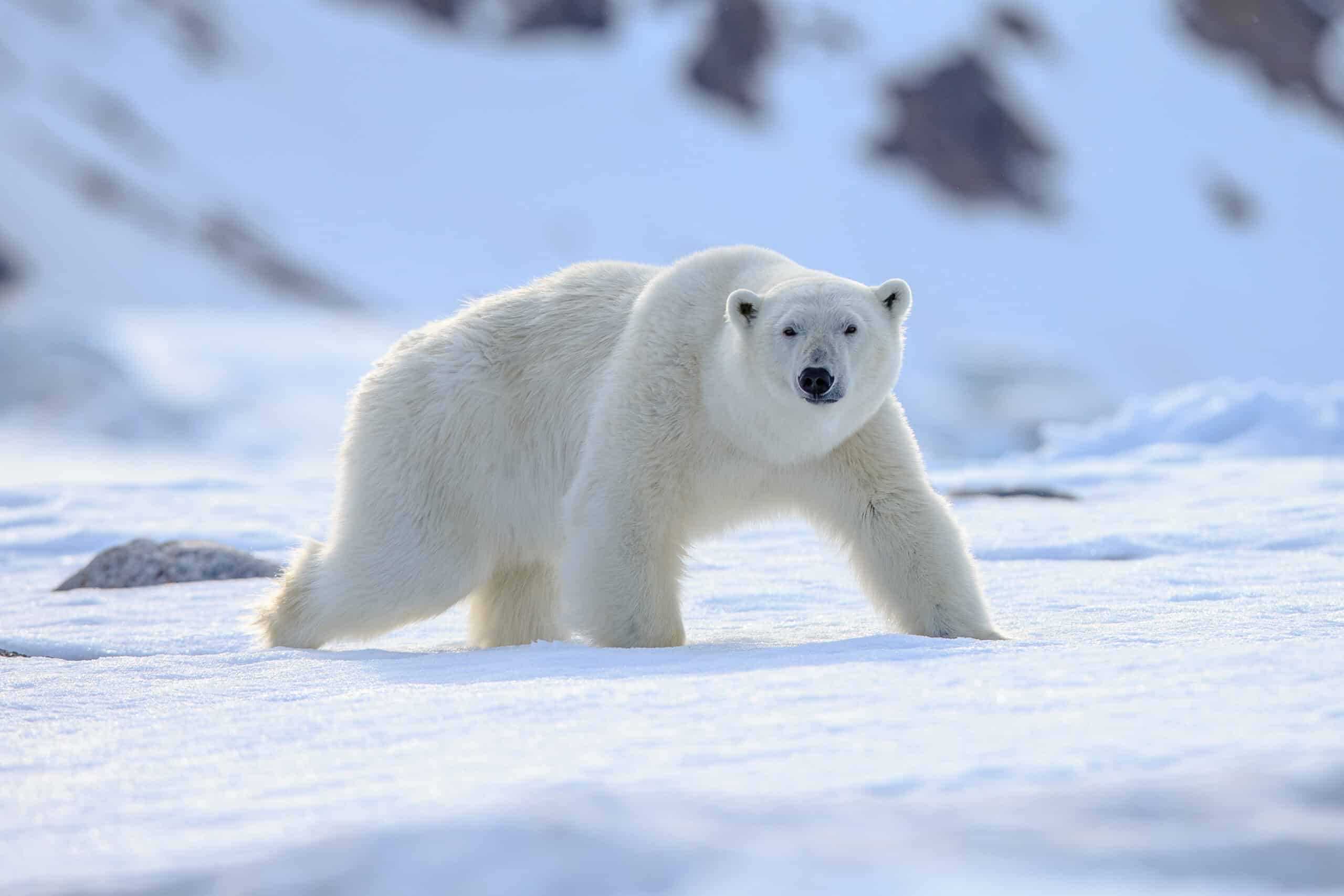
Polar bears are a relatively recent addition to the list of ancient species, with their lineage descending from brown bears around 150,000 years ago during the Pleistocene epoch. Despite this, they are closely related to prehistoric bear species that have roamed the Earth for millions of years. Polar bears have adapted to the harsh conditions of the Arctic, with thick fur, a layer of blubber, and large, paddle-like paws for swimming. They are top predators in their environment, primarily hunting seals on the sea ice. The polar bear’s ability to thrive in one of the planet’s most extreme environments is a testament to the evolutionary success of bears over millions of years. However, the rapid loss of sea ice due to climate change is threatening their survival, making them a modern symbol of the fragility of ancient species in a changing world.
Elephants – Over 5 Million Years

Elephants, the largest land animals on Earth, are the modern descendants of a long lineage of prehistoric proboscideans, including the woolly mammoth and mastodon. Their evolutionary history spans over 5 million years, with elephants adapting to various environments across Africa and Asia. Elephants are known for their intelligence, complex social structures, and remarkable memories. They have large ears, long trunks, and tusks, which they use for a variety of tasks, from feeding to communication. Despite their ancient lineage, elephants face significant threats today, including habitat loss and poaching for their ivory. Their survival is crucial not only for the biodiversity of their ecosystems but also as a living connection to the Earth’s prehistoric past. Elephants represent the enduring legacy of ancient megafauna, serving as a reminder of the natural world’s resilience and the ongoing challenges it faces.
Komodo Dragon – Over 3 Million Years

The Komodo dragon, the largest lizard species on Earth, is a formidable predator native to Indonesia’s Lesser Sunda Islands. With ancestors dating back over 3 million years, Komodo dragons are one of the last remnants of the ancient reptiles that once dominated the planet. These lizards can grow up to 10 feet in length and weigh over 150 pounds, with powerful limbs, sharp claws, and a venomous bite that can incapacitate prey. Komodo dragons are solitary hunters, using their keen sense of smell to locate food from miles away. Their survival in the isolated islands of Indonesia has allowed them to maintain many primitive characteristics, making them a living link to the age of dinosaurs. The Komodo dragon’s status as an apex predator in its environment, coupled with its ancient lineage, underscores its significance as one of the most remarkable ancient species still roaming the Earth.
Goblin Shark – Over 125 Million Years
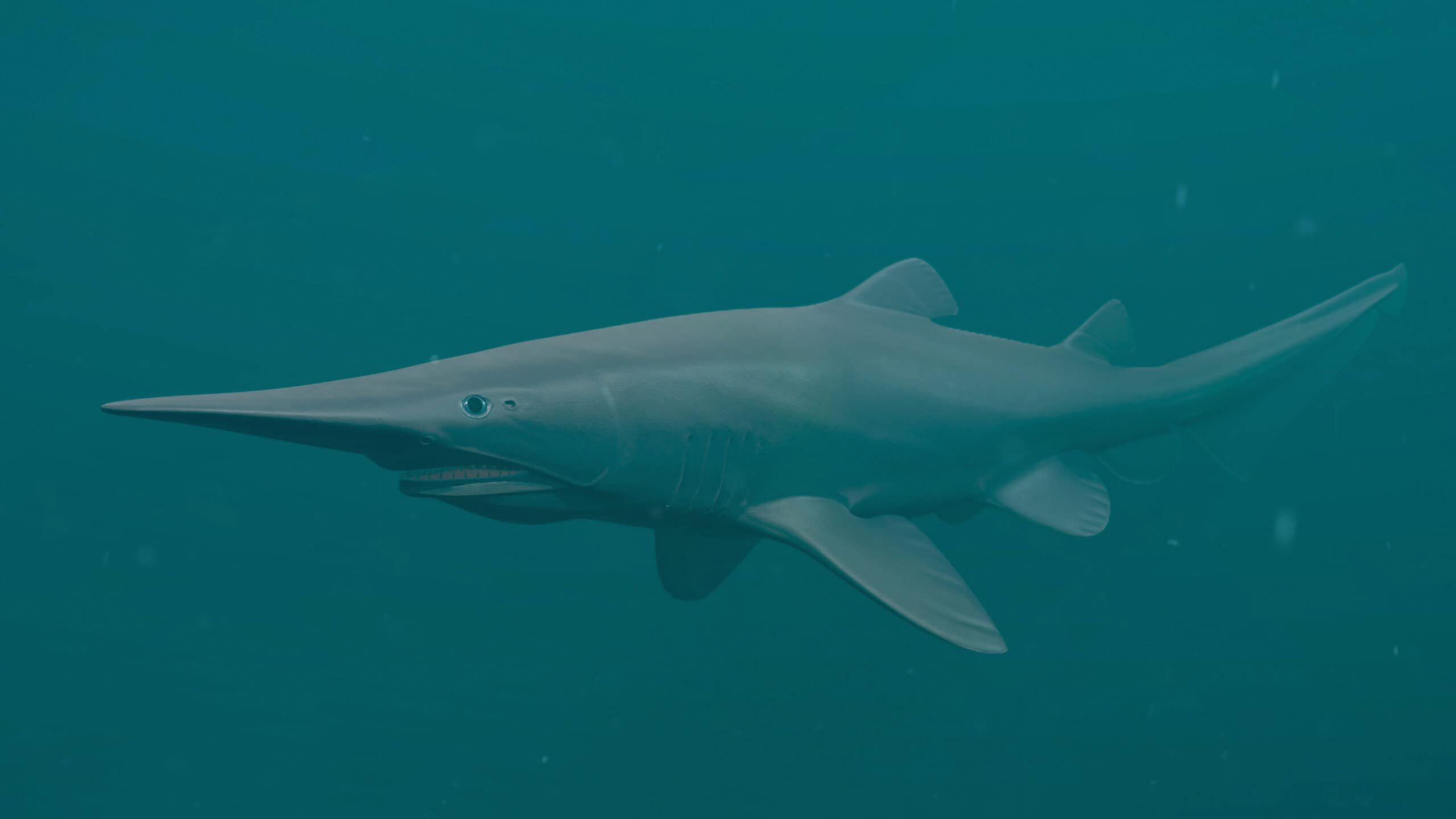
The goblin shark, often described as a “living fossil,” is a rare and elusive deep-sea shark that has changed little over the course of millions of years. Its lineage dates back to around 125 million years ago, during the Cretaceous period, making it one of the oldest shark species still in existence. Goblin sharks are known for their unique appearance, with a long, flat snout and protruding jaws that can extend outward to catch prey. They inhabit deep ocean waters, often at depths of over 1,000 meters, where they hunt for fish and cephalopods. The goblin shark’s ancient and bizarre features have fascinated scientists, as it represents a direct link to prehistoric marine life. Its survival in the deep sea, where conditions have remained relatively stable over millennia, highlights the goblin shark’s adaptability and resilience in an ever-changing world.
Aldabra Giant Tortoise – Over 150 Million Years
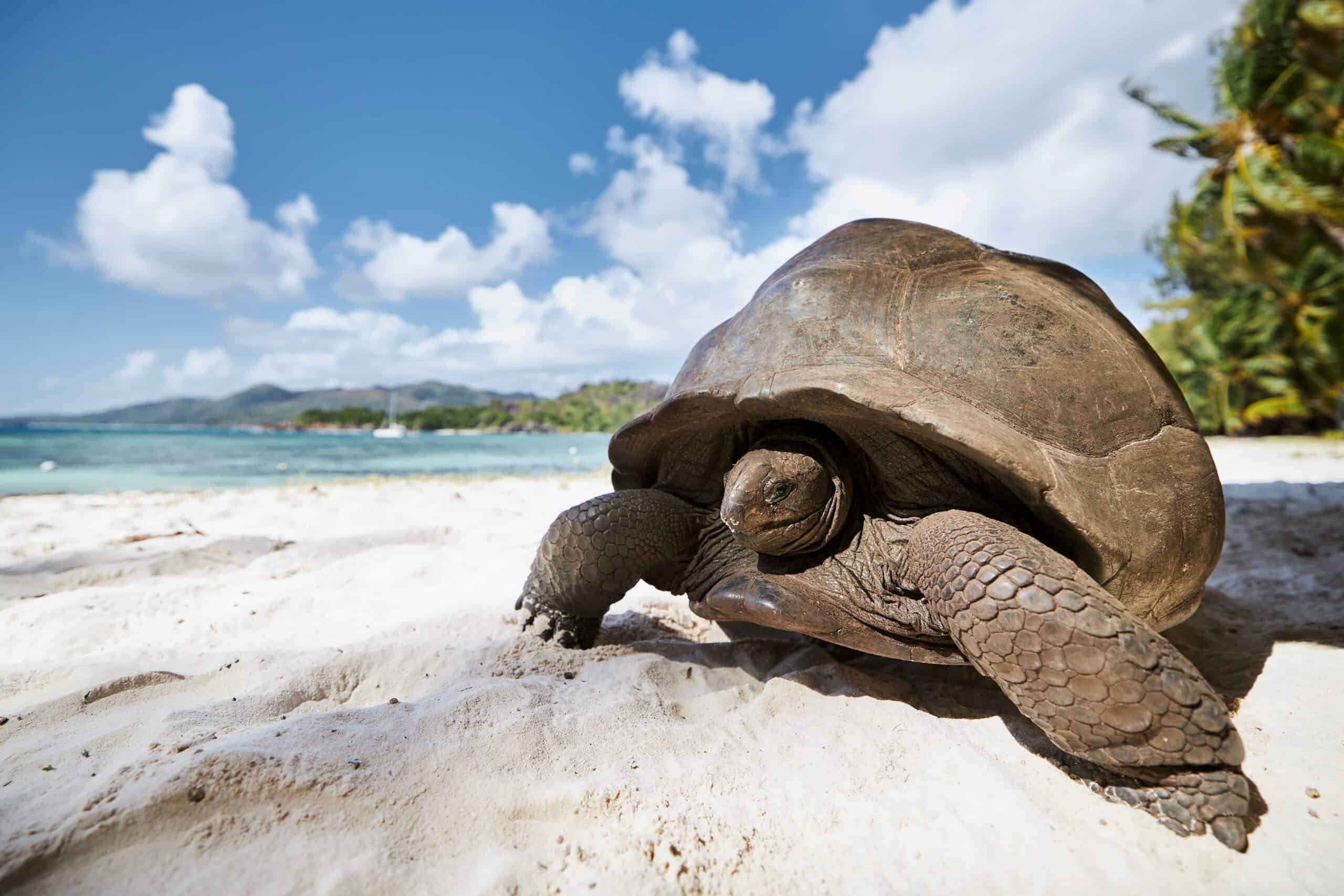
The Aldabra giant tortoise is one of the largest and longest-living tortoises in the world, with a lineage that dates back millions of years. Native to the Aldabra Atoll in the Indian Ocean, these tortoises can live well over 150 years, with some individuals estimated to be more than 200 years old. Aldabra giant tortoises have massive, domed shells and thick, sturdy legs that allow them to navigate the rugged terrain of their island habitat. They are herbivores, feeding on grasses, leaves, and fruit, and play a crucial role in their ecosystem by dispersing seeds and maintaining vegetation. The survival of these tortoises on isolated islands has allowed them to remain relatively unchanged for centuries, making them living representatives of an ancient lineage. The Aldabra giant tortoise’s incredible longevity and resilience make it one of the most remarkable ancient species still thriving today.
Platypus – Over 200 Million Years
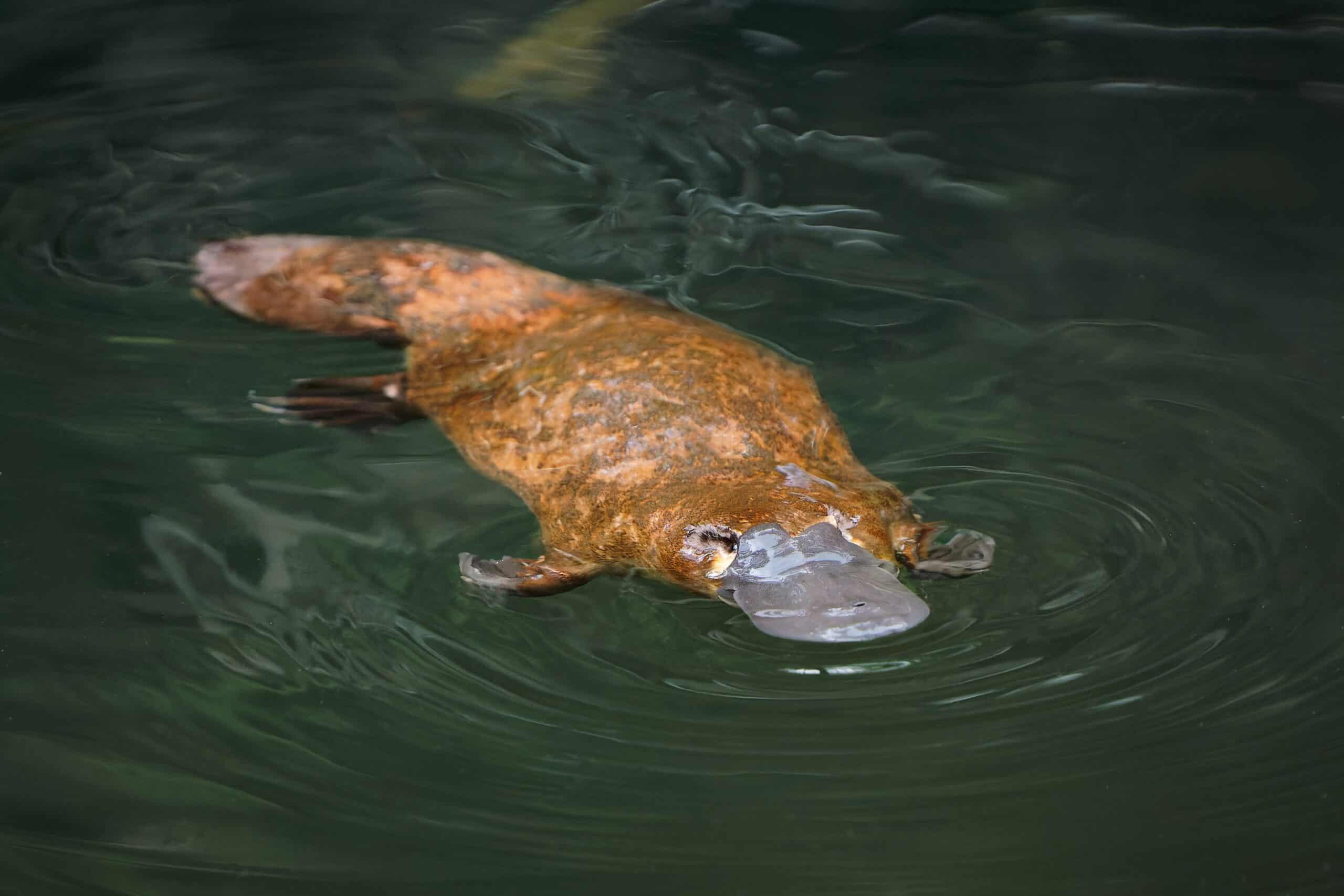
The platypus is one of the most unusual and ancient mammals still alive today, with a lineage that stretches back over 200 million years. Native to Australia, the platypus is an egg-laying mammal, or monotreme, with a unique combination of features, including a duck-like bill, webbed feet, and a beaver-like tail. It is one of only a few venomous mammals, with males possessing venomous spurs on their hind legs. The platypus’s mix of reptilian and mammalian traits reflects its ancient origins, providing valuable insights into the evolutionary transition from reptiles to mammals. The platypus’s ability to thrive in freshwater environments, combined with its distinctive adaptations, has allowed it to survive for millions of years, despite significant environmental changes. The platypus’s continued existence is a testament to the adaptability and resilience of ancient species in the face of evolving ecosystems.
Crocodiles – Over 200 Million Years
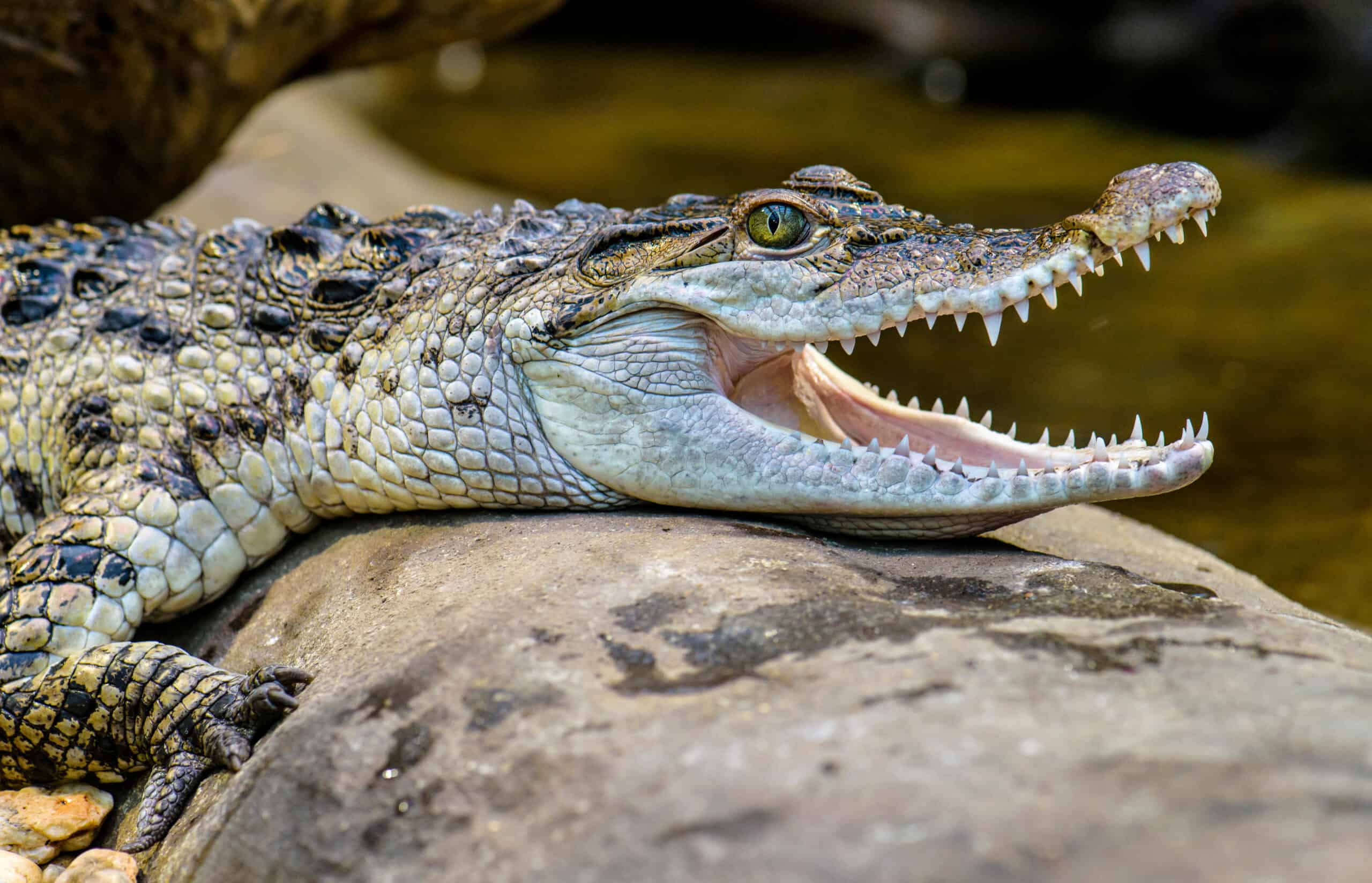
Crocodiles are one of the most successful and ancient predators on Earth, with a lineage that dates back over 200 million years to the time of the dinosaurs. These formidable reptiles have remained virtually unchanged for millions of years, with their powerful bodies, strong jaws, and stealthy hunting techniques making them apex predators in their environments. Crocodiles are found in tropical and subtropical regions around the world, inhabiting rivers, lakes, and coastal areas. Their ability to survive in both freshwater and saltwater habitats, combined with their highly efficient hunting strategies, has ensured their survival through various environmental changes. Crocodiles are considered “living fossils” due to their ancient origins and lack of significant evolutionary change. Their persistence in the modern world underscores the effectiveness of their design and their importance in maintaining the balance of ecosystems where they reside.
Velvet Worms – Over 500 Million Years
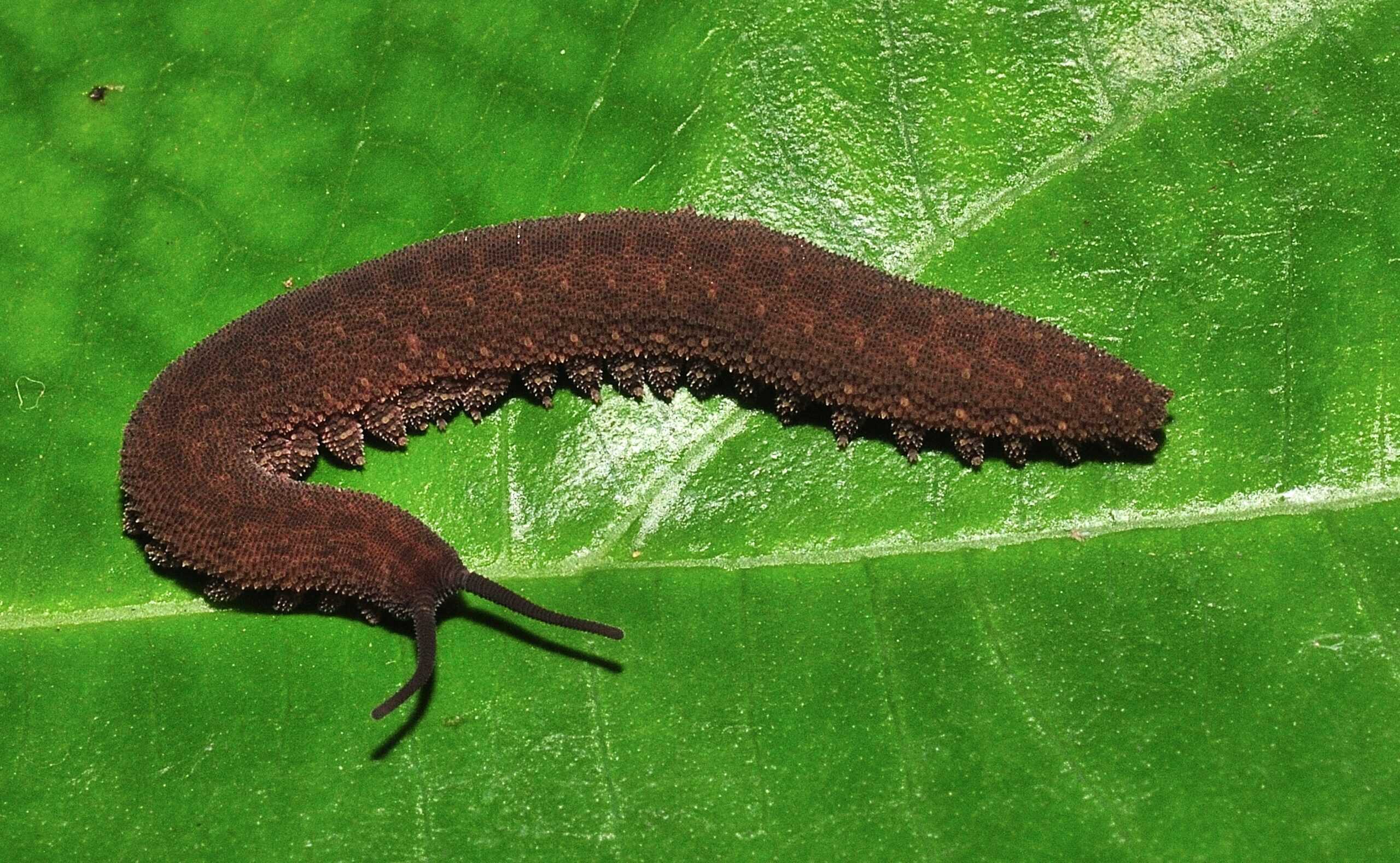
Velvet worms, also known as onychophorans, are small, soft-bodied creatures with a lineage that dates back over 500 million years, making them one of the oldest known terrestrial animals. These ancient invertebrates are often found in moist, tropical environments, where they use their unique method of hunting: ejecting a sticky slime to ensnare their prey before consuming it. Velvet worms have retained many primitive features, such as their segmented bodies and simple eyes, which link them closely to some of the earliest animals to colonize land. Their slow, deliberate movements and reliance on moisture have helped them survive in relatively stable environments over vast geological timescales. The velvet worm’s ancient origins and unchanged anatomy make it a living representative of the early evolution of terrestrial life, providing crucial insights into the transition of life from water to land.
Sturgeons – Over 100 Million Years
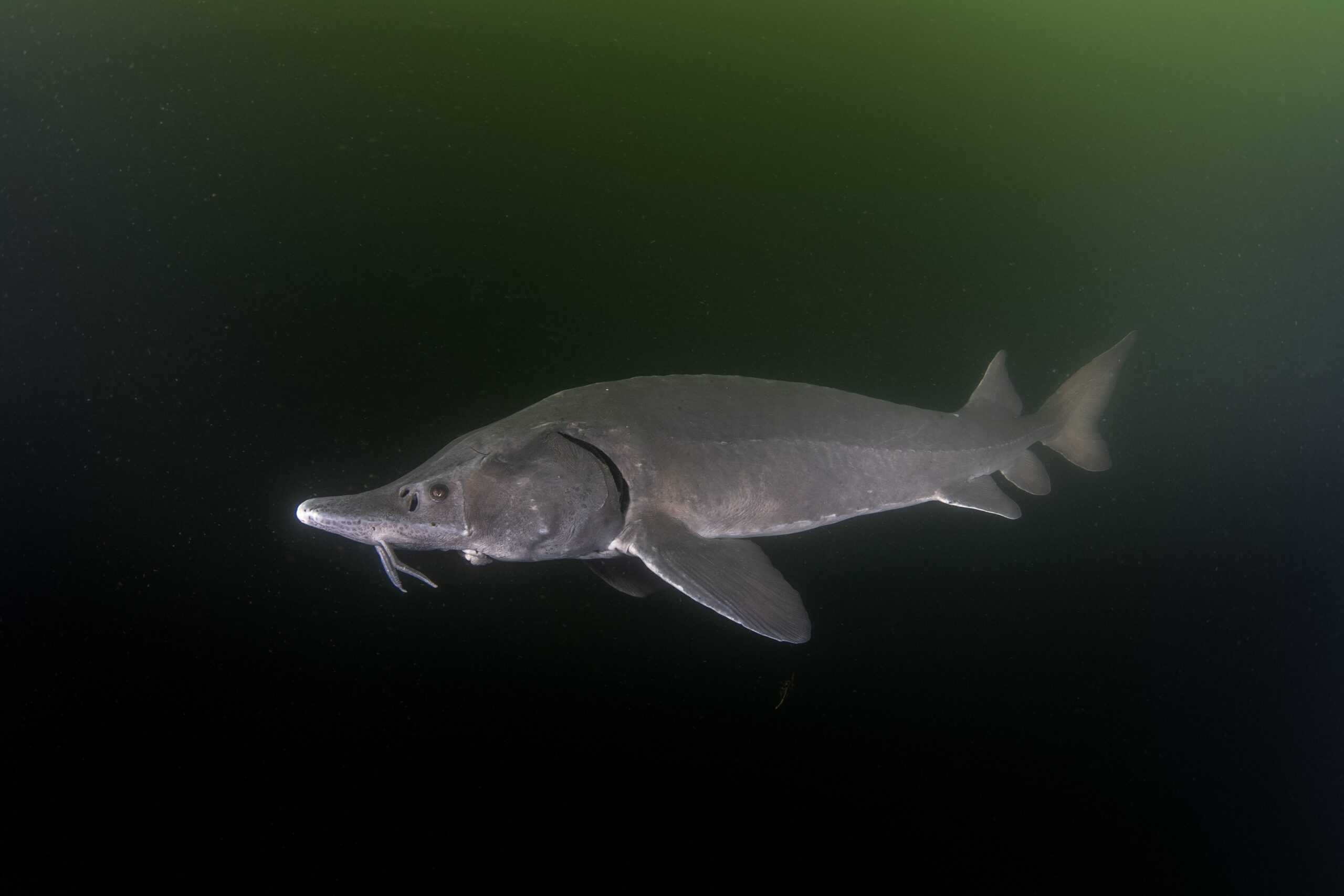
Sturgeons are ancient fish that have been swimming in Earth’s rivers and oceans for over 100 million years. Known for their elongated bodies, armored plates, and distinctive shark-like cartilaginous skeleton, sturgeons have remained largely unchanged since the time of the dinosaurs. These fish are found in both freshwater and saltwater environments, with some species known for their long migrations between rivers and the sea. Sturgeons are prized for their roe, which is harvested as caviar, but overfishing and habitat loss have led to significant declines in their populations. Despite these challenges, sturgeons have persisted through millions of years of environmental change, making them one of the oldest and most resilient fish species still alive today. The sturgeon’s ancient lineage and continued presence in modern ecosystems highlight the durability of life forms that have survived since the age of dinosaurs.
Cassowaries – Over 60 Million Years

Cassowaries are large, flightless birds native to the tropical forests of northern Australia, Papua New Guinea, and Indonesia, with a lineage that dates back to the age of the dinosaurs. These birds are closely related to the emu and ostrich and share several primitive features with their prehistoric ancestors. Cassowaries are known for their striking blue and black plumage, helmet-like casques on their heads, and powerful legs equipped with sharp claws. Despite their intimidating appearance, cassowaries play a vital role in their ecosystems by dispersing seeds from the fruits they consume. Their ancient lineage and unique adaptations make cassowaries living representatives of the ratite group, which includes some of the world’s most ancient and largest birds. The survival of cassowaries in dense, tropical forests reflects their ability to adapt to specific ecological niches over millions of years.
Ostriches – Over 60 Million Years

Ostriches are the largest and heaviest birds alive today, with a lineage that traces back to the age of the dinosaurs. These flightless birds are part of the ratite group, which includes other ancient birds like the emu and cassowary. Ostriches are native to the open savannas and deserts of Africa, where their long legs and powerful stride make them the fastest-running birds on land, capable of reaching speeds up to 45 miles per hour. Despite their inability to fly, ostriches have developed several adaptations that have allowed them to thrive in harsh environments, such as large eyes for spotting predators from a distance and strong legs for defense. The ostrich’s survival through millions of years of environmental changes, combined with its ancient lineage, makes it one of the most significant living representatives of prehistoric avian life.
Emperor Scorpions – Over 300 Million Years
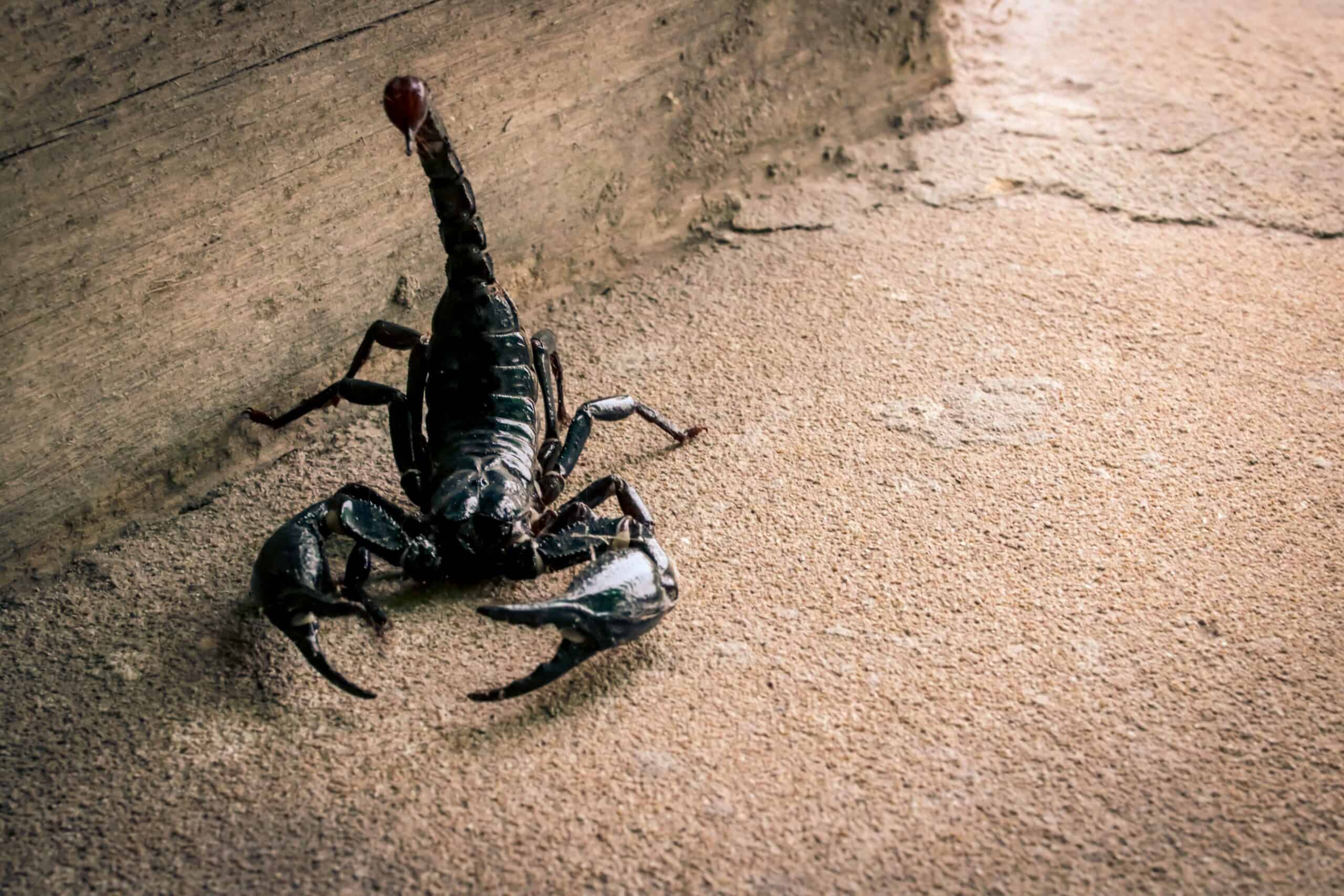
Emperor scorpions are one of the largest scorpion species in the world, with a lineage that dates back over 300 million years. These ancient arthropods are native to the rainforests of West Africa, where they inhabit burrows and hunt for insects and other small prey. Emperor scorpions are known for their robust bodies, powerful pincers, and long, whip-like tails equipped with venomous stingers. Despite their fearsome appearance, emperor scorpions are relatively docile and are popular in the exotic pet trade. The emperor scorpion’s ancient lineage and minimal evolutionary change over millions of years make it a living fossil, providing a glimpse into the early evolution of terrestrial arthropods. Their persistence in modern ecosystems highlights the resilience and adaptability of ancient life forms in the face of changing environments.
Sea Lampreys – Over 340 Million Years 
Image Editorial Credit: Gena Melendrez / Shutterstock.comSea lampreys are primitive, jawless fish with a lineage that dates back over 340 million years, making them some of the oldest vertebrates still alive today. These eel-like creatures are known for their parasitic lifestyle, attaching themselves to other fish and feeding on their blood and bodily fluids. Sea lampreys have a unique, circular mouth lined with sharp teeth, which they use to latch onto their hosts. Their primitive skeletal structure, lack of jaws, and reliance on external feeding reflect their deep evolutionary history, linking them closely to the earliest vertebrates. Despite their ancient origins, sea lampreys have adapted to a variety of freshwater and saltwater environments, where they continue to thrive as both predators and parasites. The sea lamprey’s survival over millions of years underscores its effectiveness as an ancient life form that has persisted through dramatic shifts in Earth’s ecosystems.
This article originally appeared on Rarest.org.
More from Rarest.org
15 Exotic Animals Thriving in Wildlife Sanctuaries
Wildlife sanctuaries play a crucial role in the conservation of exotic animals, providing safe havens where endangered species can thrive. These protected areas offer the animals a chance to live and breed without the threats of poaching, habitat loss, and human interference. Read more.

